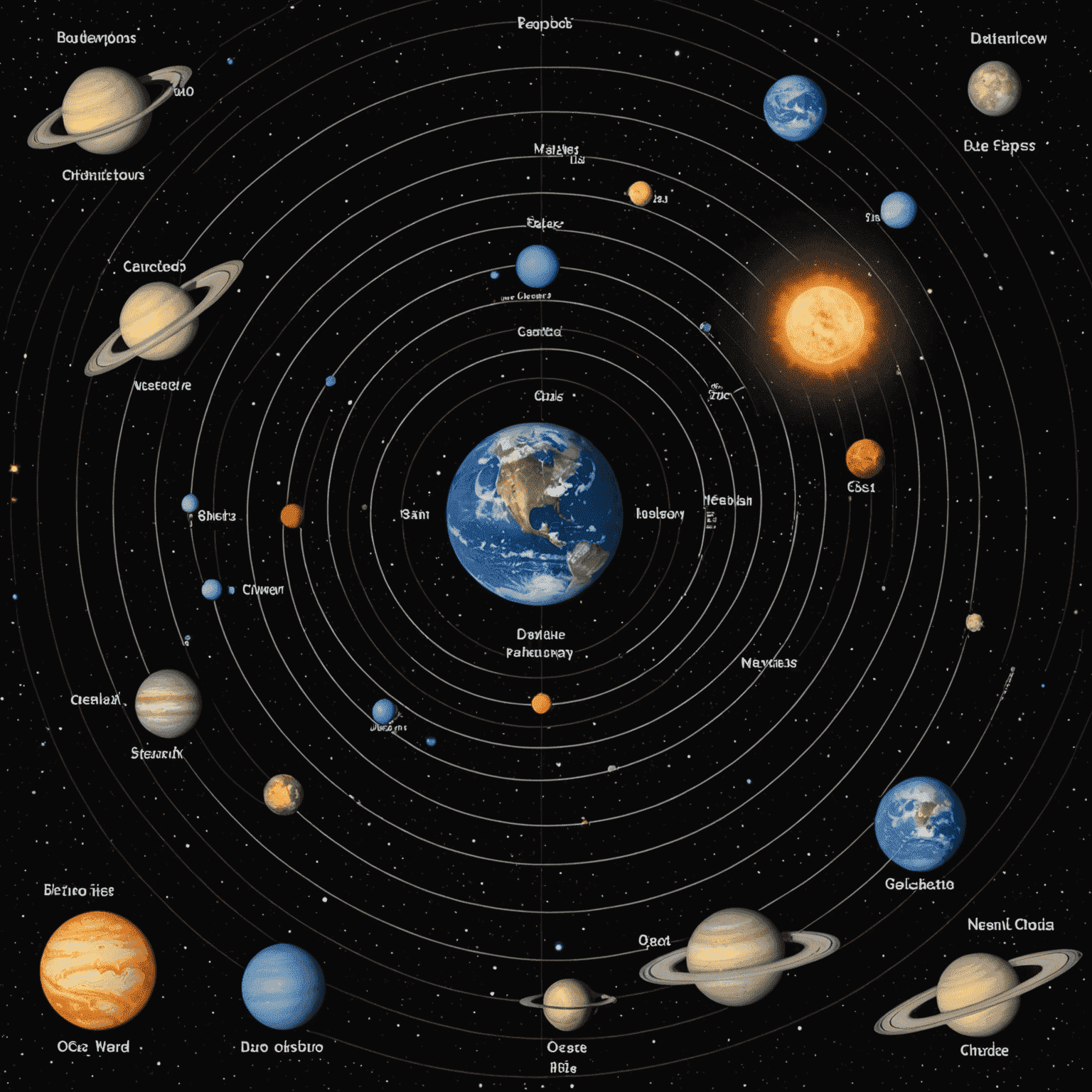Famous Celestial Objects and Their Distances in Parsecs
The vastness of our universe is often difficult to comprehend. By using parsecs as a unit of measurement, we can better understand the immense distances between celestial objects. Here's a curated list of well-known cosmic entities and their distances from Earth.
Stars
- Proximaxima Centauri 1.3 parsecs
- Sirius 2.6 parsecs
- Betelgeuse 197 parsecs
- Vega 25 parsecs
Galaxies
- Andromeda Galaxy (M31) 765,000 parsecs
- Triangulum Galaxy (M33) 840,000 parsecs
- Whirlpool Galaxy (M51) 8,580,000 parsecs
Nebulae
- Orion Nebula 412 parsecs
- Crab Nebula 2,000 parsecs
- Eagle Nebula 2,100 parsecs
Visualizing Cosmic Distances

Understanding these immense distances helps us appreciate the scale of our universe. The parsec, as a unit of measurement, allows astronomers to work with more manageable numbers when discussing cosmic distances. As we continue to explore and study the cosmos, these measurements providevide crucial context for our place in the vast expanse of space.